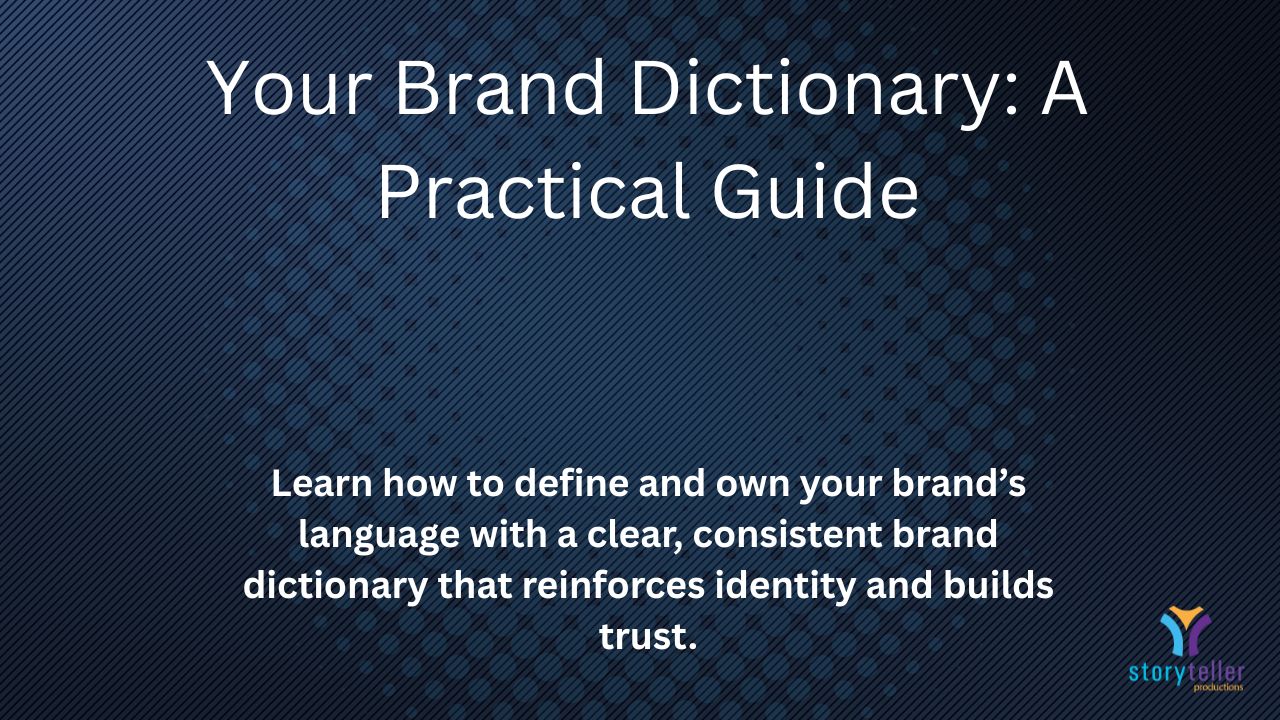The Smart Content Mix: Evergreen Foundations, Reactive Sparks
Most brands fall into one of two traps:
They create only evergreen content—guides, resources, or thought pieces that live forever—but risk sounding static, robotic, and disconnected from real-time conversations.
Or they chase only reactive content—memes, hot takes, and viral news—scoring quick wins but leaving nothing of lasting value behind.
The real strategy isn’t choosing one over the other. It’s learning to mix them intentionally. Evergreen builds authority and trust. Reactive shows your audience you’re paying attention right now. And when both are carried by your brand, your products, and your audience, the mix works seamlessly.
Evergreen vs. Reactive, Defined
Evergreen content is timeless. It solves problems or answers questions that don’t expire. Think of it as your brand’s long-term asset library:
- A SaaS company writing “The Complete Guide to Customer Retention.”
- A wellness coach publishing “10 Beginner Yoga Poses for Stress Relief.”
- A financial planner creating “How to Build an Emergency Fund.”
This content keeps working months or even years later, showing up in Google searches and building credibility.
Reactive content is moment-driven. It taps into what your audience cares about today. Think of it as your brand’s way of joining live conversations:
- Oreo’s iconic “Dunk in the Dark” tweet during the Super Bowl blackout.
- Brands creating TikTok skits around trending sounds.
- Thought leaders publishing hot takes on new policies or industry shifts.
Reactive content doesn’t always last—but it sparks visibility and human connection.
Why Balance Matters
Here’s the danger:
- All evergreen = you sound like a library, not a living brand.
- All reactive = you sound like a fan account, not an authority.
The mix matters because it anchors your strategy in both relevance and resonance:
- Evergreen builds authority, SEO, and trust.
- Reactive shows agility, empathy, and real-time presence.
Together, they compound. Trends bring people in. Evergreen content keeps them around.
Brand, Product, Audience: The Carriers of the Mix
This isn’t just about timing. Evergreen and reactive content only work if they’re carried by the three constants of your business:
- Your Brand
- Evergreen should reinforce brand values. Example: HubSpot’s evergreen guides position them as a trusted authority.
- Reactive should apply those same values to today’s events. Example: Nike reacts to cultural moments through the lens of inspiration and inclusion.
- Your Products
- Evergreen should show how your product solves enduring problems. Example: Peloton’s evergreen workout tutorials.
- Reactive should highlight your product’s relevance right now. Example: Zoom showcasing new features during the sudden rise of remote work.
- Your Audience
- Evergreen should answer enduring questions (“How do I start a podcast?”).
- Reactive should meet them in real time (“What TikTok’s new rules mean for creators like you”).
If you lose sight of brand, product, or audience, the content mix becomes scattershot. Keep these three carriers at the core, and the mix will always feel consistent and strategic.
4 Steps to Building Your Mix
1. Understand What Your Audience Needs Long-Term vs. Right Now
Use Google Trends, AnswerThePublic, and your own customer feedback to map long-term search intent (great for evergreen). Layer in social listening for what’s trending today.
2. Create a Calendar with Anchors and Flex
Plan evergreen pieces as your anchor posts—your big guides, explainer videos, or pillar podcasts. Leave space each week for reactive content that taps into current news, memes, or seasonal shifts.
Example: Publish an evergreen blog every Monday, but leave Fridays open for reactive content tied to what happened that week.
3. Build a Trend Radar
- Follow industry hashtags and conversations.
- Set Google Alerts for key topics.
- Use BuzzSumo or Exploding Topics to see what’s spiking.
Pro tip: Only join trends that fit your brand’s voice. Forced relevance does more harm than silence.
4. Run a Consistent Creation Framework
Whether evergreen or reactive, run every piece through the same quality filter:
- Research → Gather data and audience input.
- Draft → Write with clarity and brand voice.
- Edit → Tighten for accuracy and tone.
- Publish → Deliver on the right platform.
- Analyze → Review performance and adjust.
This way, evergreen content feels alive and reactive content feels professional.
Real-World Case Studies
- Buffer: They anchor authority with evergreen resources (“Best Times to Post”) but stay fresh with blogs on sudden platform changes.
- BuzzFeed: They win virality with reactive quizzes and memes, but evergreen quizzes (“Which City Should You Live In?”) keep traffic coming years later.
- The Washington Post TikTok team: They blend evergreen journalism with witty, reactive skits around breaking news—building trust with younger audiences.
Sample Calendar: A Month in the Mix
- Week 1: Evergreen → “10 Tips for Effective Social Media Marketing.”
- Week 2: Reactive → “What Meta’s New Ad Rules Mean for Small Businesses.”
- Week 3: Hybrid → Case study blending a recent viral campaign with timeless storytelling lessons.
- Week 4: Seasonal Evergreen → “Holiday Marketing Strategies That Work Every Year.”
This rhythm keeps your strategy predictable yet flexible.
Plug-and-Play Prompts
Evergreen Ideas:
- “The Beginner’s Guide to ___”
- “10 Mistakes Everyone Makes in ___ (and How to Fix Them)”
- “The Framework for ___ That Works Every Year”
Reactive Ideas:
- “What [Current Event] Means for ___”
- “The Marketing Lesson Hidden in ___ [Trend/Meme]”
- “Why Everyone’s Talking About ___ (and What It Means for You)”
Closing Thought
Evergreen content is your foundation—it establishes your expertise and keeps working long after it’s published. Reactive content is your spark—it shows your audience you’re present in their world today.
But the carriers—your brand, products, and audience—are what make both types of content matter. They ensure that whether you’re publishing a timeless guide or riffing on a cultural moment, it all feels cohesive, intentional, and unmistakably you.
So ask yourself: Which evergreen content will reinforce my brand’s authority for years? And how can I react to the right cultural moments in ways that showcase my products and serve my audience today?
That’s how you build a content mix that’s not just balanced—but powerful.




